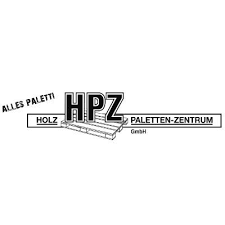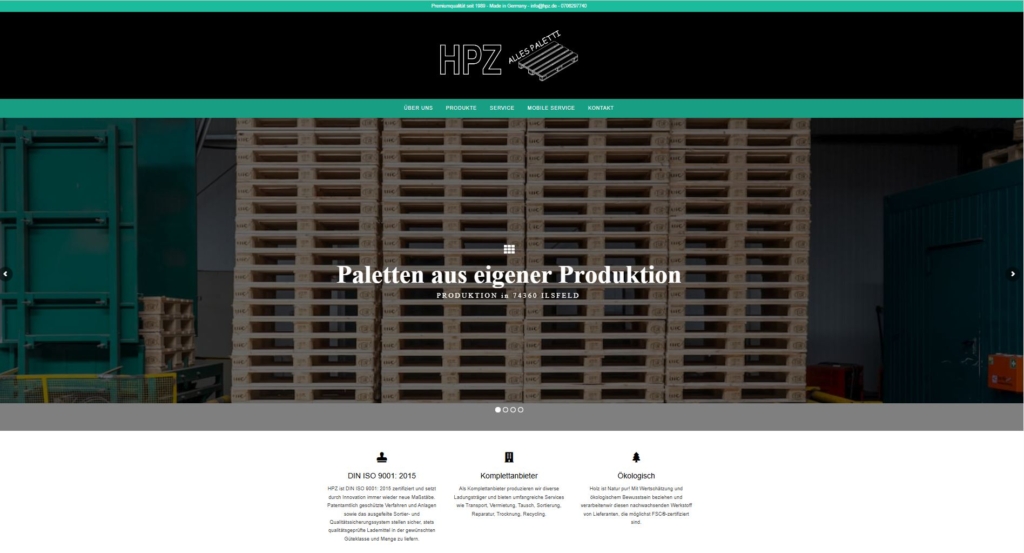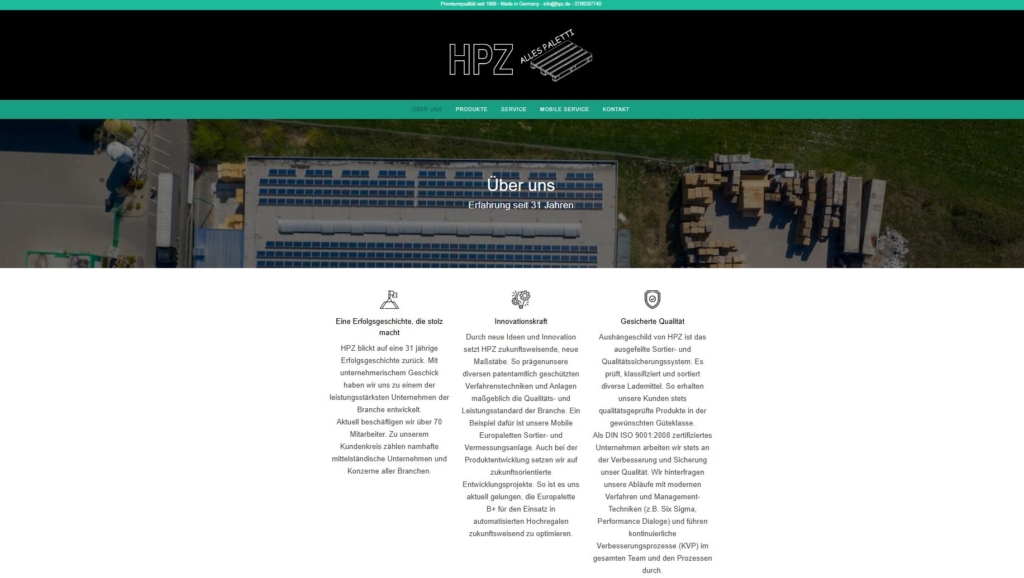Holz Paletten Zentrum (HPZ) invested in two pallet repair lines from Pallet Sorting Systems!

Holz Paletten Zentrum (HPZ) invested in two pallet repair lines from Pallet Sorting Systems!
Holz Paletten Zentrum (HPZ) Germany, has purchased two pallet repair lines from Pallet Sorting Systems (PSS). The lines will be used to make the sorting and repair process of used pallets more efficient. Through the combination of a modular structure, automated logistics and real-time monitoring, these systems contribute to a safe and organized workplace with a higher processing capacity.
Efficient combination of sorting and repairing
At HPZ, a large volume of used pallets are assessed and repaired on a daily basis. To streamline this process, a system was initially chosen in which pallets are brought to the workbench via a side feed on non-driven roller conveyors. There is a lifting table at the workbench that raises the pallets so that the pallet repairman does not have to lift them. After repair, the pallets are sorted by the repairers into 2nd and 3rd choice Euro pallets.
Supply at working height for better ergonomics
An important feature of the repair line is the ergonomic workplace. Pallets are presented at a constant working height. This prevents excessive lifting and bending and makes the work less strenuous. The removal of repaired pallets is also automatic. This keeps the workplace clean and allows the repairer to focus fully on the repair itself.
Support for multiple pallet types
The pallet repair line at HPZ is suitable for a wide range of pallet sizes. Thanks to the flexible stackers, Euro pallets (800×1200), block pallets (1000×1200) such as Chep, LPR and IPP pallets, and one-way pallets can be stacked without having to reposition the pallets. Open pallets measuring 800×1000 can also be processed. These can be slid into one another, which saves space when stacking.
Automated logistics and central control
The removal of pallets is fully automated. The forklift driver can follow the process remotely via a tablet.
- This makes it possible to see at a glance which stacker and buffer lane is full.
- This method prevents downtime and keeps the line moving at a consistent pace.
- The continuous flow of pallets being transported to and from the line ensures smooth cooperation between logistics and production.
Insight into performance with PSS Scada and the PSS App
The lines are equipped with PSS Scada and linked to a CSV file report and to the PSS App. This gives HPZ management daily insight into performance on the work floor. For each employee, the system registers how many pallets have been repaired, how much time is needed per pallet, and how long the line has been active. It also keeps track of how many pallets have been sorted and processed. This data helps improve work processes and distribute capacity.
Application of automation in practice
Thanks to automation, fewer forklift movements are needed at HPZ. Repaired pallets are sent to the correct stacker where they are automatically stacked and full stacks are placed on the buffer line. Compared to a fully manual process, this results in a significant reduction in internal transport. This contributes to a safe workplace and logical routing within the production hall.
Modular design allows for expansion
The chosen configuration has a modular design. This allows HPZ to expand the line in the future or adapt it to new requirements, for example by adding extra stacking positions or a sorting line. The system can also be built in phases or adapted to the space available in the production environment.
Pallet Sorting Systems – Modular. Reliable. Efficient.











